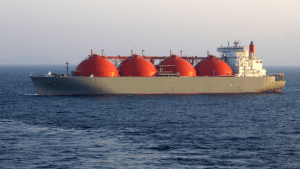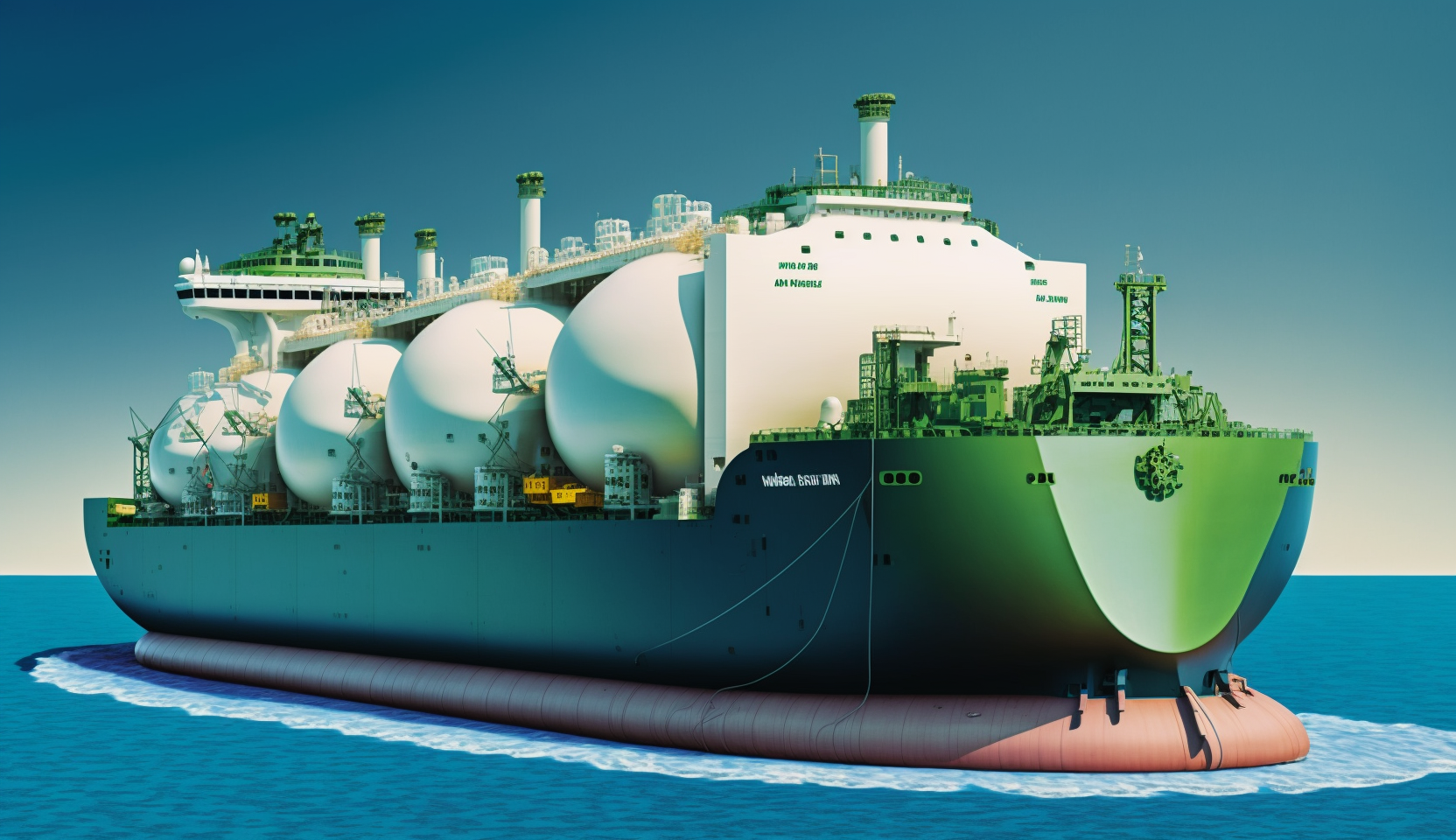US LNG Exports Growth Set to Continue

Exports of liquefied natural gas (LNG) are predicted to significantly contribute to the growth of U.S. natural gas exports over the next couple of years.
According to the U.S. Energy Information Administration’s (EIA) “Short-Term Outlook” (STEO), exports of liquefied natural gas (LNG) are predicted to significantly contribute to the growth of U.S. natural gas exports over the next couple of years. The March STEO report forecasts that U.S. LNG exports will average 12.1 billion cubic feet per day (Bcf/d) this year, representing a 14-percent increase from last year. Furthermore, the agency expects LNG exports to increase by an additional 5 percent in 2024.
High Global Demand and Displacement of Pipeline Natural Gas
The energy agency has attributed the rise in US LNG exports growth to the high global demand, as LNG continues to displace pipeline natural gas exports from Russia to Europe. Mild winter temperatures and fuller-than-average storage earlier this year led to reduced LNG prices, which could incentivize price-sensitive countries in Southeast Asia to import more LNG.
Freeport LNG Terminal and New Export Projects

Supporting the forecast for increased exports is the return to service of the Freeport LNG terminal and new LNG export projects that will be commissioned by the end of 2024.
Supporting the forecast for increased exports is the return to service of the Freeport LNG terminal and new LNG export projects that will be commissioned by the end of 2024. The Freeport LNG terminal is one of seven U.S. LNG export facilities and can produce 2.14 Bcf/d of LNG on a peak day. Prior to the facility’s full shutdown in June last year, exports from the facility averaged 1.9 Bcf/d from January 2021 through May 2022, according to the EIA’s Natural Gas Monthly.
Due to the Freeport shutdown, U.S. LNG exports declined to an average of 10 Bcf/d from June 2022 through December 2022, after peaking at 11.7 Bcf/d in March. However, the commissioning of the new Calcasieu Pass LNG export facility partially offset this decline, with exports from Calcasieu Pass averaging 1.2 Bcf/d since June of last year.
Enjoying our insights?
Subscribe to our newsletter to keep up with the latest industry trends and developments.
Stay InformedUS to Remain the World’s Largest LNG Exporter
The EIA predicts that once all three trains at the Freeport LNG terminal return to service, US LNG exports will exceed 12 Bcf/d, and the U.S. will maintain its position as the world’s largest LNG exporter. The agency further forecasts that US LNG exports will increase to approximately 14 Bcf/d by December 2024, as some LNG export projects under construction are expected to begin operations by then.
Increase in US Natural Gas Exports by Pipeline

The EIA also expects U.S. natural gas exports by pipeline to grow by 0.5 Bcf/d in both 2023 and 2024, primarily due to increased exports to Mexico.
The EIA also expects U.S. natural gas exports by pipeline to grow by 0.5 Bcf/d in both 2023 and 2024, primarily due to increased exports to Mexico. Several new pipelines in Mexico, such as Tula-Villa de Reyes, Guaymas-El Oro, the Mayakan pipeline on the Yucatán Peninsula, and other minor interconnects, are scheduled to come online during 2023-24. Additionally, an increase in exports via the Sur de Texas-Tuxpan underwater pipeline is expected to supply the proposed floating liquefaction (FLNG) project off the east coast of Mexico.
Impact on Global Energy Markets
The continued growth of US LNG exports is expected to have a significant impact on global energy markets. The displacement of Russian pipeline natural gas exports by US LNG exports will lead to increased competition and diversity in the European energy market. This shift could potentially contribute to lower natural gas prices for European consumers and reduce their reliance on Russian supplies.
Furthermore, the growth of US LNG exports will provide energy-hungry countries in Southeast Asia with a more affordable and reliable energy source. This will not only benefit the economies of these countries but also help to reduce greenhouse gas emissions by encouraging a shift away from more carbon-intensive energy sources such as coal.
Challenges and Opportunities for the US LNG Industry

Despite the promising outlook for US LNG exports growth, the industry faces several challenges.
Despite the promising outlook for US LNG exports growth, the industry faces several challenges. These include securing long-term contracts and financing for new export projects, navigating geopolitical risks, and addressing environmental concerns related to LNG production and transportation.
However, there are also opportunities for the US LNG industry to overcome these challenges. For instance, advancements in technology could lead to more efficient and environmentally friendly LNG production methods. Additionally, strategic partnerships with key importers in Europe and Asia could help to secure long-term contracts and financing for new export projects.
Conclusion
The U.S. Energy Information Administration’s latest Short-Term Outlook highlights the potential for significant growth in US LNG exports over the next two years. Driven by high global demand, displacement of Russian pipeline natural gas exports, and new export projects, the US is expected to retain its position as the world’s largest LNG exporter.
This growth in US LNG exports will have a considerable impact on global energy markets, with implications for both European and Southeast Asian countries. Although the industry faces several challenges, there are also opportunities for the US LNG industry to continue its expansion and solidify its role as a key player in global energy markets.
For more information on the US LNG industry and its impact on global energy markets, click here.
Here are some external links to provide more information on U.S. LNG exports and global demand:
- U.S. Energy Information Administration (EIA) – Natural Gas: https://www.eia.gov/naturalgas/
- Freeport LNG: https://www.freeportlng.com/
- Venture Global LNG – Calcasieu Pass: https://venturegloballng.com/projects/calcasieu-pass/
- International Gas Union (IGU) – World LNG Report: https://www.igu.org/publications/world-lng-report
- Federal Energy Regulatory Commission (FERC) – LNG Export Projects: https://www.ferc.gov/industries-data/natural-gas/overview/lng-export-projects


















